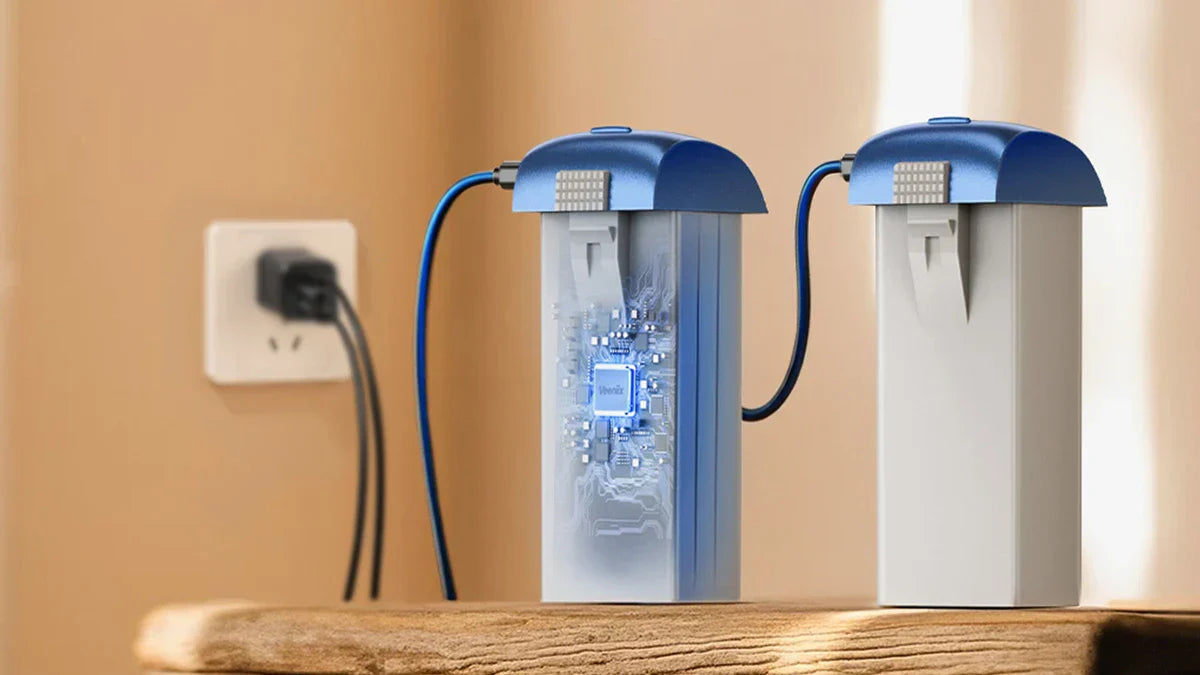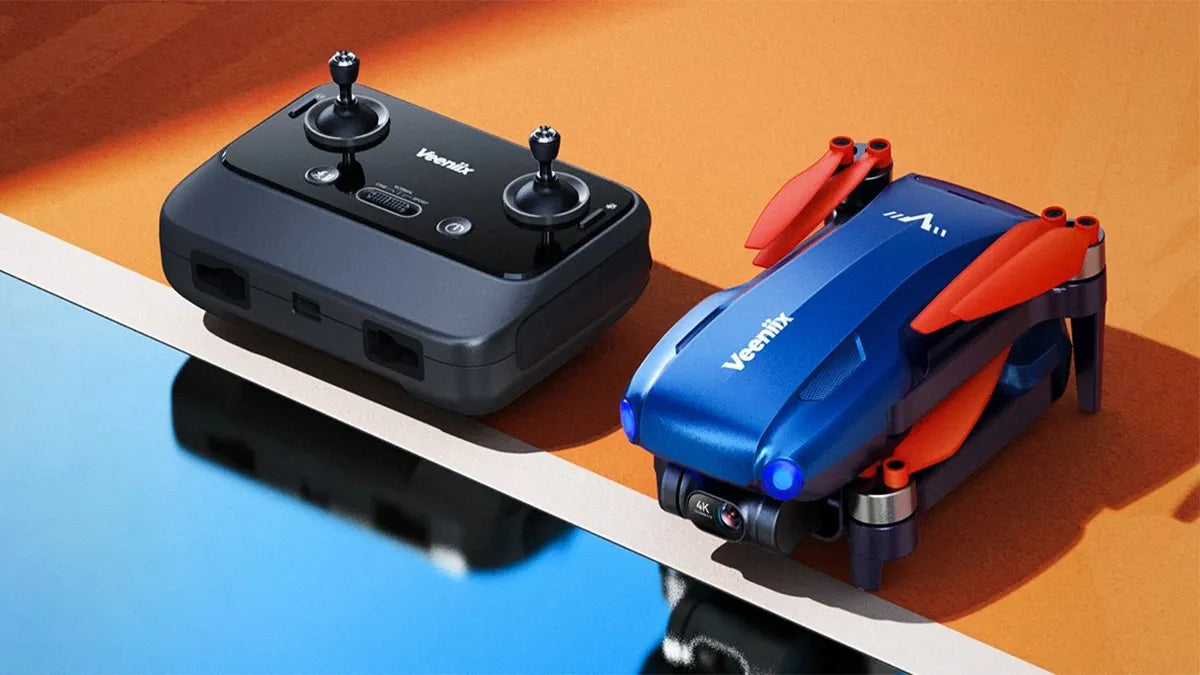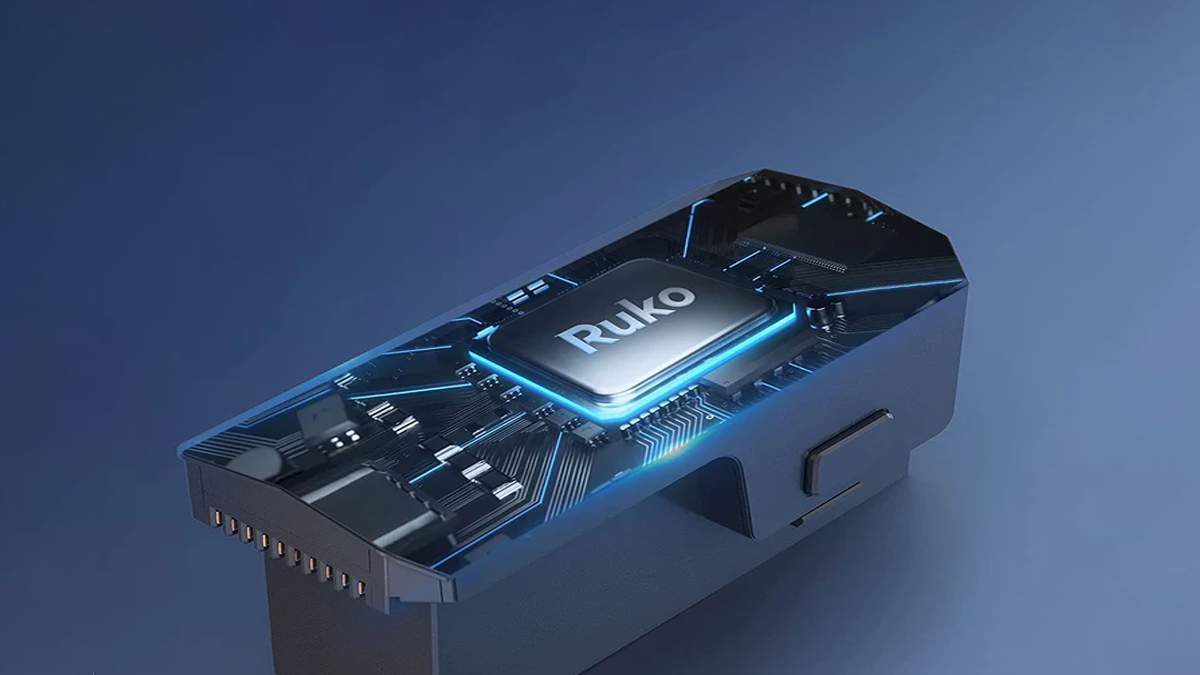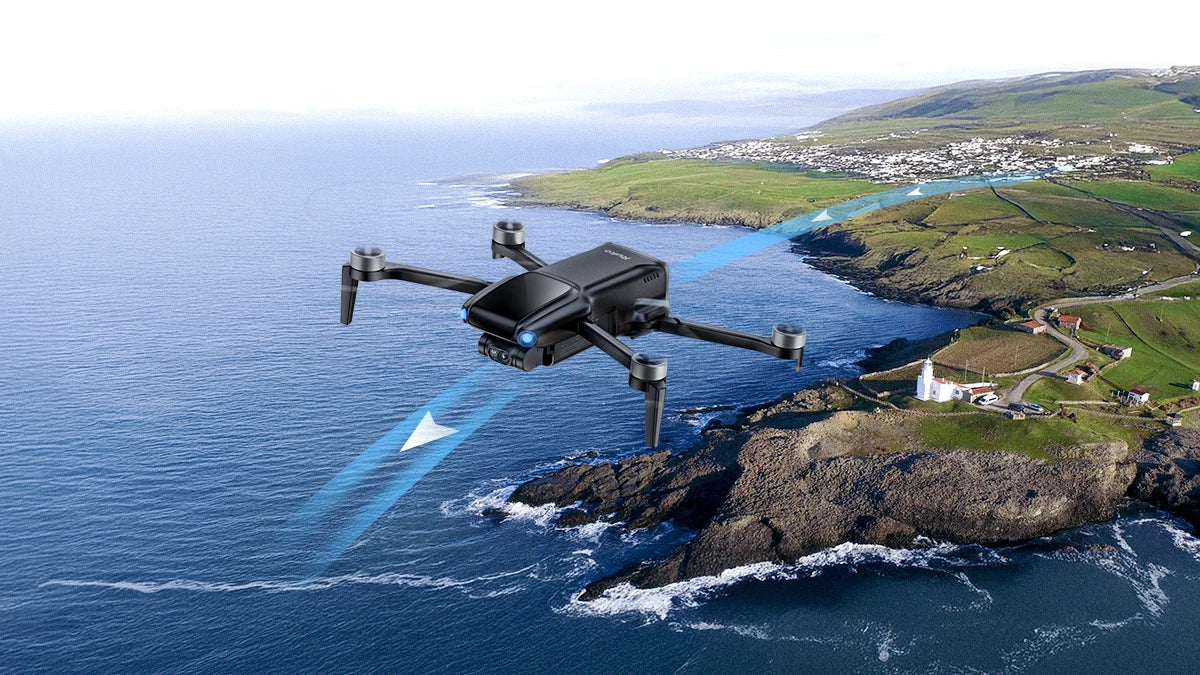A drone's battery is its lifeline. Proper battery storage ensures longer, smoother, and more reliable flights. However, improper handling, storage, or transportation can shorten its lifespan and even pose safety risks. Whether you're a hobbyist or a professional, mastering daily battery care is essential.
1. Battery Charge Management
It is recommended that the drone battery should not be fully charged and stored. The battery should be kept at 60%. It is not recommended to use fast charging that exceeds the rated power of the product during charging. The battery is still hot after use and needs to cool down before charging. When the battery is low and the product is powered for a long time (the product is not in use), the battery will be slightly discharged, and the battery will be over-discharged for a long time. (Do not leave the battery in the drone when not in use).
2. Battery Safety and Protection
Provide ample storage space for the battery to avoid being squeezed, dropped, or severely impacted. Furthermore, protect the battery from water damage or short circuits (e.g., contact with water or metal objects). During charging, avoid using fast charging exceeding the rated power. High-temperature batteries should be cooled before charging. Leaving the battery in a charging state for extended periods can easily damage it.
3. Preventing Abnormal Situations
Drone protection also requires careful attention to ambient storage temperature. Avoid prolonged exposure to high temperatures to prevent internal short circuits. Improper storage can lead to failure of the protection board due to short circuits, moisture, or physical damage, potentially jeopardizing proper battery operation. Finally, it's crucial to regularly check the battery's status. If any abnormalities (such as bulging or leakage) are detected, discontinue use immediately.
Summary
This guide covers key practices for drone battery care. To maximize lifespan and safety, store batteries at a 60% charge and avoid over-discharging. Prevent physical damage, exposure to water, and extreme temperatures. Always let batteries cool before charging and avoid unapproved fast chargers. Regularly inspect for swelling or leakage, and discontinue use immediately if any damage is found. Proper handling ensures safer and more reliable flights.
For any inquiries, please feel free to contact Ruko's 7/24 customer service at any time. We are always at your service.








